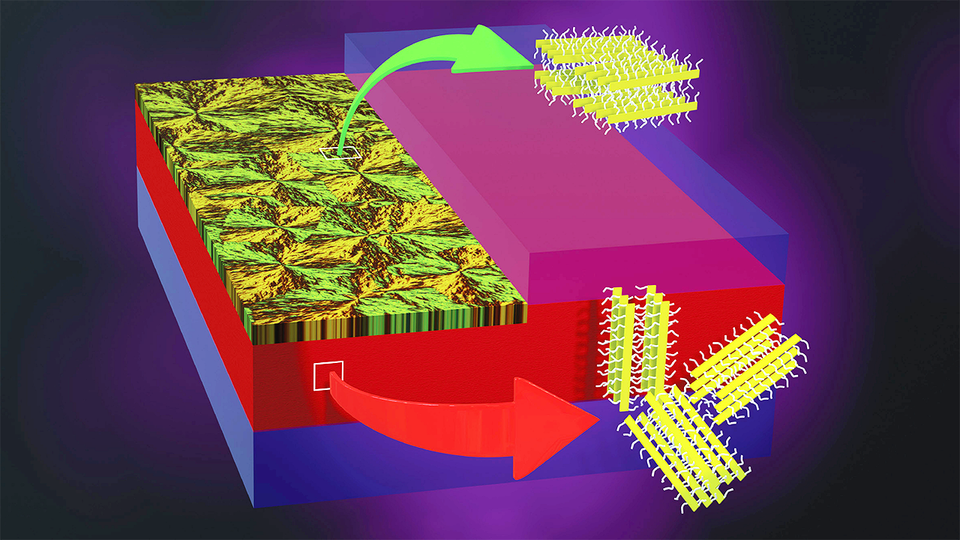Calendar Icon
Apr 28, 2023
![]() RSS
Submit a Story
RSS
Submit a Story

RELATED LINKS
By melting a polymer and watching it cool through the lenses of light and X-rays, a team of Nebraska Engineering researchers have discovered hidden depths in a material hundreds of times thinner than a human hair.
Those depths — specifically, an ultra-thin crust and the mantle beneath it — can solidify and crystallize in different ways, the team found. The differences are more than superficial: They can alter the transport of electric charges and other technologically relevant properties of the polymer, which is known as P3HT and features a lightweight flexibility that appeals to designers of next-gen electronics.
Lucía Fernández-Ballester and her colleagues hope that observing and reporting the never-before-seen intricacies of P3HT’s crystallization will ultimately help engineers adapt the material into a low-cost workhorse suited to certain transistors, sensors and a host of other components.
Submit a Story